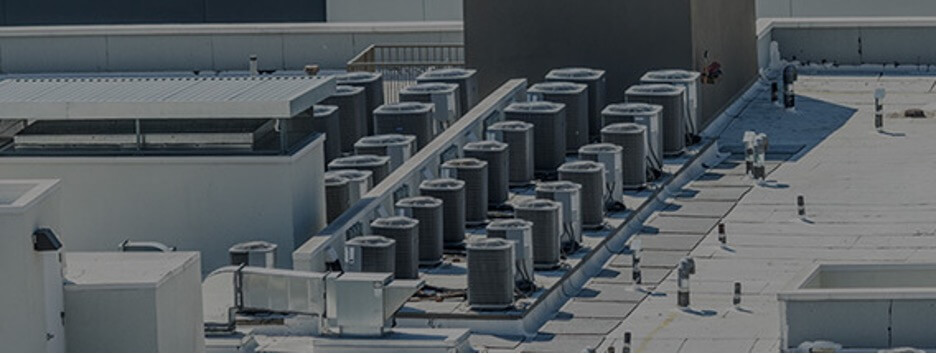Regular Maintenance for Heat Exchanger Coils – Why It’s Important

Neglecting your heat exchanger coils is like skipping oil changes in your car. It might seem fine at first, but the damage adds up fast. Coils that aren’t cleaned or checked regularly can lead to higher energy bills, reduced system performance, and costly repairs down the line. We’ve seen how a little upkeep can save big headaches later. Let’s talk about why coil maintenance matters and how it keeps your HVAC or refrigeration system running at its best.
What Happens When You Skip Coil Maintenance
We’ve seen it time and again; skipping coil maintenance leads to trouble. Dirty coils force your system to work harder, driving up energy bills and cutting efficiency. Corrosion sneaks in, especially in humid or industrial environments, causing leaks and early failure. Neglected coils can overheat, strain other components, and even lead to system shutdowns. These issues are inconvenient and expensive to fix.
The bottom line is that regular maintenance is what keeps your system running smoothly and avoids those avoidable headaches.
The Fallout of Poor Coil Upkeep
When heat exchanger coils don’t get the attention they need, issues start to pile up:
Dirty Coils
- Problem: Dirt, dust, and grime block airflow and reduce heat exchange.
- Impact: Leads to overheating, increased energy usage, and early system wear.
- Solution: Clean coils regularly using non-corrosive cleaning agents.
Corrosion
- Problem: Coils exposed to harsh environments or chemicals may corrode.
- Impact: Reduces efficiency and can cause leaks or structural failure.
- Solution: Use corrosion-resistant coatings or alloys for extra protection.
Refrigerant Leaks
- Problem: Leaks strain the system and reduce cooling capacity.
- Impact: Leads to inefficient operation and potential coil damage.
- Solution: Check for leaks regularly and fix them quickly to avoid further damage.
Tips for Regular Heat Exchanger Coil Maintenance
1. Clean Coils Often
Dirty coils can’t transfer heat effectively, which forces your system to work harder and use more energy. Over time, this wear and tear can lead to premature failure.
- How to Clean Coils: Use a soft brush or a coil cleaner specifically designed for HVAC systems to gently remove dirt and debris. Be cautious not to bend the fins, as this can block airflow and reduce efficiency.
Expert Tip: If you’re cleaning coils in an industrial or dusty environment, you may need to do this more frequently (quarterly or even monthly). For larger systems, consider hiring a professional to use specialized equipment like a fin comb or pressure washer designed for coil cleaning. Always check the manufacturer’s guidelines to avoid voiding any warranties.
2. Check Refrigerant Levels
Low refrigerant levels can lead to inefficient cooling, overheating, and even frozen coils. If not addressed, this can cause compressor damage, which is a costly fix.
- How to Check Refrigerant Levels: Schedule routine inspections with a certified HVAC technician to check and top off refrigerant levels.
3. Inspect for Corrosion
Corrosion can cause leaks, reduce efficiency, and even lead to a full system shutdown if left unchecked. In coastal or humid environments, this happens faster due to salty or moist air.
- How to Inspect for Corrosion: Look for rust, discoloration, or small pits on the coil surface during routine inspections.
Expert Tip: If corrosion is a common issue, apply a corrosion-resistant coating to the coils or invest in coils made from materials like aluminum or stainless steel.
4. Monitor Airflow
Poor airflow stresses your entire system, leading to overheating, reduced efficiency, and shortened coil life. Blocked ducts, dirty filters, or failing fans are common culprits.
- How to Monitor Airflow: Replace filters regularly; every 1 – 3 months in residential systems and more often in dusty or high-use commercial environments.
Expert Tip: Invest in high-efficiency air filters that capture smaller particles, especially in industrial or high-pollution areas. Regularly clean air intakes and vents to prevent buildup.
If airflow issues persist, have a professional check for duct leaks or improperly sized components that could be causing the problem.
Maintenance Checklist for Heat Exchanger Coils
| Maintenance Task | Frequency | Notes |
| Clean coils | Every 3 – 6 months | More often in dusty environments |
| Inspect for corrosion | Twice a year | Check during seasonal tune-ups |
| Check refrigerant levels | Yearly | Especially before peak seasons |
| Replace air filters | Monthly | Necessary for consistent airflow |
The Benefits of Keeping Your Coils in Check
Regular maintenance for heat exchanger coils should be a top item on your to-do list. Clean coils mean better heat transfer, which helps your equipment work efficiently and keeps energy costs from creeping up. Maintenance also helps catch small issues, like early signs of corrosion or dirt buildup, before they turn into expensive problems. I’ve seen too many systems fail early because routine care was skipped.
Investing a little time now can save you a lot of money and stress down the road. Trust me, your coils (and your wallet) will thank you.
Don’t Wait Until It’s Too Late
Regular maintenance isn’t complicated, but it makes a big difference in how well your system performs. If you’re not sure where to start, CS Coil is here to help. Our team provides reliable microchannel coil solutions like condenser coils, evaporator coils, and fluid coolers.
Contact us today to learn more about heat exchanger coil maintenance.